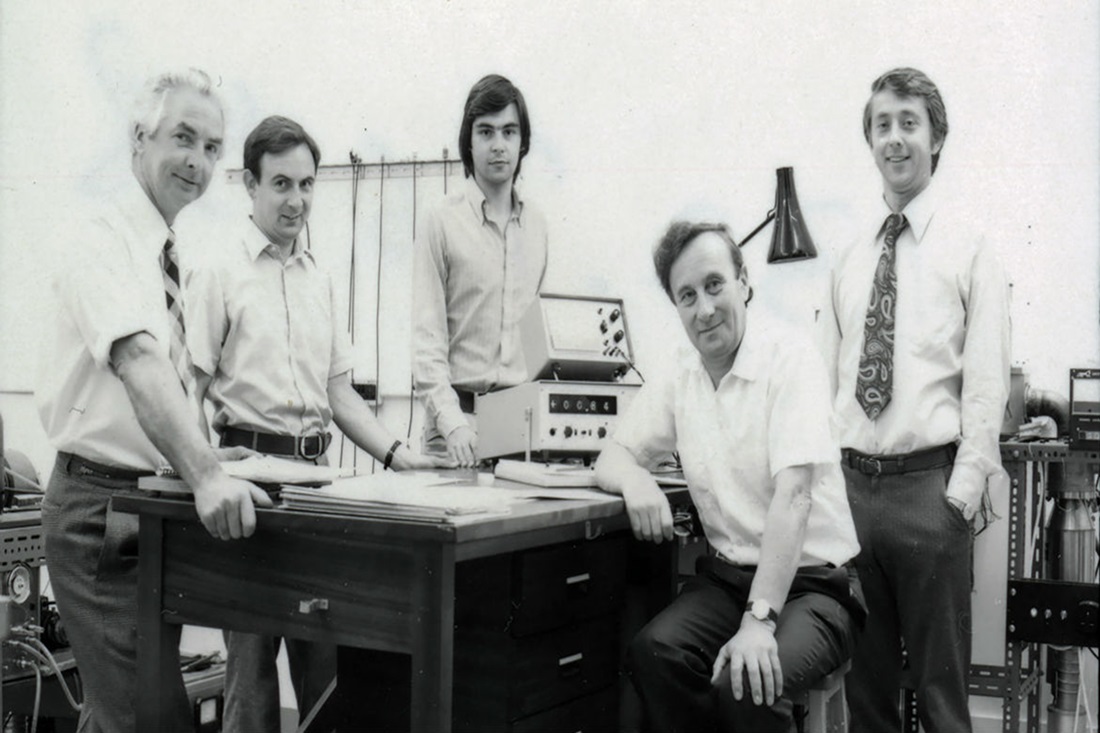The Technology History of Dundee: Thin Flat Screens and the University of Dundee
Dundee, a city with a storied history of innovation, has made significant contributions to various technological fields, including the development of thin flat screens. The University of Dundee, a key player in this arena, has been at the forefront of research and advancements in this technology. This blog explores the history and impact of thin flat screen technology in Dundee, highlighting the pivotal role played by the University of Dundee.
Early Developments in Display Technology
The journey towards thin flat screen technology began with the development of liquid crystal displays (LCDs) in the mid-20th century. Early LCDs were primarily used in small devices like calculators and digital watches. However, the potential for larger displays was evident, and researchers worldwide, including those in Dundee, began exploring ways to enhance and expand this technology.
The University of Dundee's Role
The University of Dundee has a strong tradition of research and innovation, particularly in the fields of science and technology. In the late 20th and early 21st centuries, the university became a hub for research into advanced display technologies. The establishment of dedicated research centres and collaborations with industry partners positioned Dundee as a key player in the development of thin flat screens.
The development of thin flat screens can be credited to the pioneering work of Professors Walter Spear and Peter LeComber during the 1970s and 1980s. Their research into the properties of amorphous silicon led to the creation of the amorphous silicon thin film transistor, a key component in Liquid Crystal Display (LCD) technology. This innovation directly contributed to the development of the flat screen televisions and mobile devices we use today.
Walter Spear, who arrived at Dundee in 1969, collaborated with his former student Peter LeComber to explore the potential of amorphous silicon for electronic devices. Their ground-breaking work, summarised in a 1975 scientific paper, demonstrated that significant changes in conductivity were possible with amorphous silicon. This discovery revolutionised semiconductor research, enabling the production of inexpensive silicon-based thin film electronics.
The contributions of Spear and LeComber were recognized with numerous awards, including the European Physical Society Europhysics Prize and the Max Born Medal and Prize for Physics. Their work not only had a profound impact on the field of electronics but also established Dundee as a centre of technological innovation.

The University of Dundee Team - Image Courtesy of University of Dundee.
Key Innovations and Research
Liquid Crystal Research: One of the major areas of focus for researchers at the University of Dundee was liquid crystal technology. Scientists at the university made significant contributions to understanding and improving the properties of liquid crystals, which are crucial for the performance of LCDs. Their work helped enhance the clarity, brightness, and energy efficiency of flat screen displays.
Organic Light Emitting Diodes (OLEDs): Another breakthrough area was the development of OLED technology. Researchers at Dundee explored the use of organic materials to create light-emitting displays. OLEDs offer several advantages over traditional LCDs, including better color accuracy, faster response times, and the potential for even thinner and more flexible screens.
Flexible and Wearable Displays: The University of Dundee has also been involved in pioneering research into flexible and wearable display technologies. These innovations have the potential to revolutionize various industries, from consumer electronics to healthcare. Flexible screens can be integrated into clothing, wearable devices, and other applications, opening up new possibilities for interactive and adaptive technology.
Collaboration with Industry
The University of Dundee's success in thin flat screen technology is also due to its strong partnerships with industry leaders. Collaborations with companies in the electronics and display manufacturing sectors have facilitated the translation of research into practical applications. These partnerships have enabled the commercialization of innovative display technologies developed at Dundee.
Impact on the Global Market
The advancements in thin flat screen technology from Dundee have had a profound impact on the global market. Thin flat screens are now ubiquitous, found in televisions, computer monitors, smartphones, tablets, and numerous other devices. The research and innovations from Dundee have contributed to making these screens more affordable, energy-efficient, and versatile.
Looking Ahead: Future Prospects
The University of Dundee remains at the cutting edge of display technology research. Current projects focus on further improving the performance and sustainability of thin flat screens, exploring new materials, and developing innovative applications. As technology continues to evolve, Dundee is well-positioned to remain a leader in this dynamic field.
The history of thin flat screen technology in Dundee, particularly through the efforts of the University of Dundee, is a testament to the city’s spirit of innovation and excellence in research. From pioneering liquid crystal research to advancing OLED and flexible display technologies, Dundee has made significant contributions to the evolution of modern displays. As we look to the future, the city’s legacy of technological innovation is sure to continue, shaping the next generation of display technologies.
